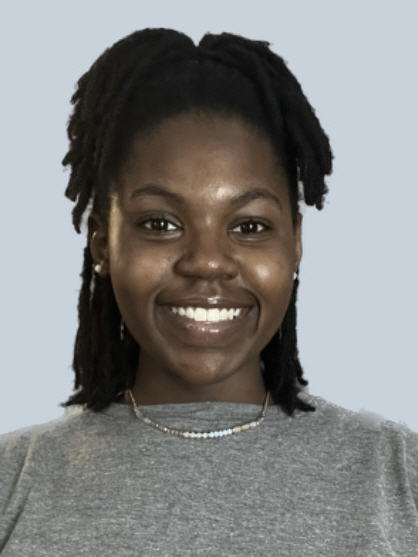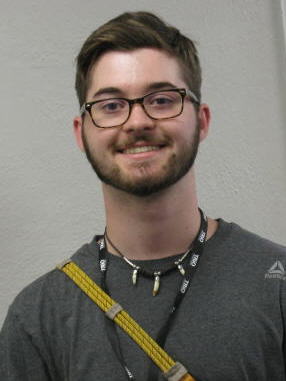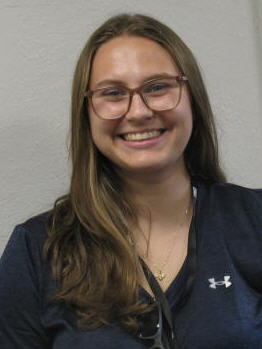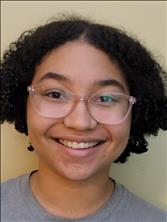Below is a summary of the abstract you submitted. Presenting author(s) is shown in bold.
If any changes need to be made, you can modify the abstract or change the authors.
You can also download a .docx version of this abstract.
If there are any problems, please email Dan at dar78@pitt.edu and he'll take care of them!
This abstract was last modified on March 14, 2024 at 9:35 a.m..
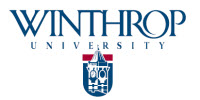
Winthrop University freshmen SEA students isolated and characterized soil-found bacteriophages using host bacteria Mycobacterium smegmatis. Bacteriophages Accio, Ardastra, Bunny, Creepus, Dezzi, Dove, Fingus, Gucag, Issimir, Kotallo, MooSherman, OlivePiper, and Tonga were purified and amplified to provide high titer lysates for genomic DNA extraction. Purified phage DNA was then characterized using molecular and microscopic techniques. Transmission electron microscopy (TEM) revealed that nine of the phages had a siphoviridae morphology, while four displayed a myoviridae morphology (Accio, Fingus, Gucag, and Issimir). Unique restriction fragment banding patterns were used to determine which phage DNA samples should be sequenced. Bacteriophages Issimir (155,584 bp) and Dove (108,976 bp) were consequently determined to be in sub-clusters C1 and cluster J, respectively. PECAAN, used for initial manual annotation of Issimir and Dove, provided putative start site locations of open reading frames as well as statistics associated with the ribosomal binding assessment for these starts. Evaluating whether the open reading frames have biological functions was based on homology comparisons at the protein level with HHPred, NCBI’s BLASTp, and Phamerator. Both phages showed synteny (shared genes in similar locations and relative position on their genomes) with other phages in their clusters. Issimir exhibits a lytic life cycle when inoculated with host and its genome is circularly permuted with approximately 231 putative genes. Dove uses a temperate replicative strategy and houses 237 putative genes, including lysins, a holin, an immunity repressor, and integrases, consistent with the predicted lifestyle of temperate phages. In the future, individual Issimir and Dove genes will be cloned, and assays will be performed to determine their effects on the growth of the bacterial host. This will be the first step towards revealing the function of phage genes. Additional research on isolated gene function will improve scientific understanding of bacteriophage biology and foster modern applications in medicine and biotechnology.



